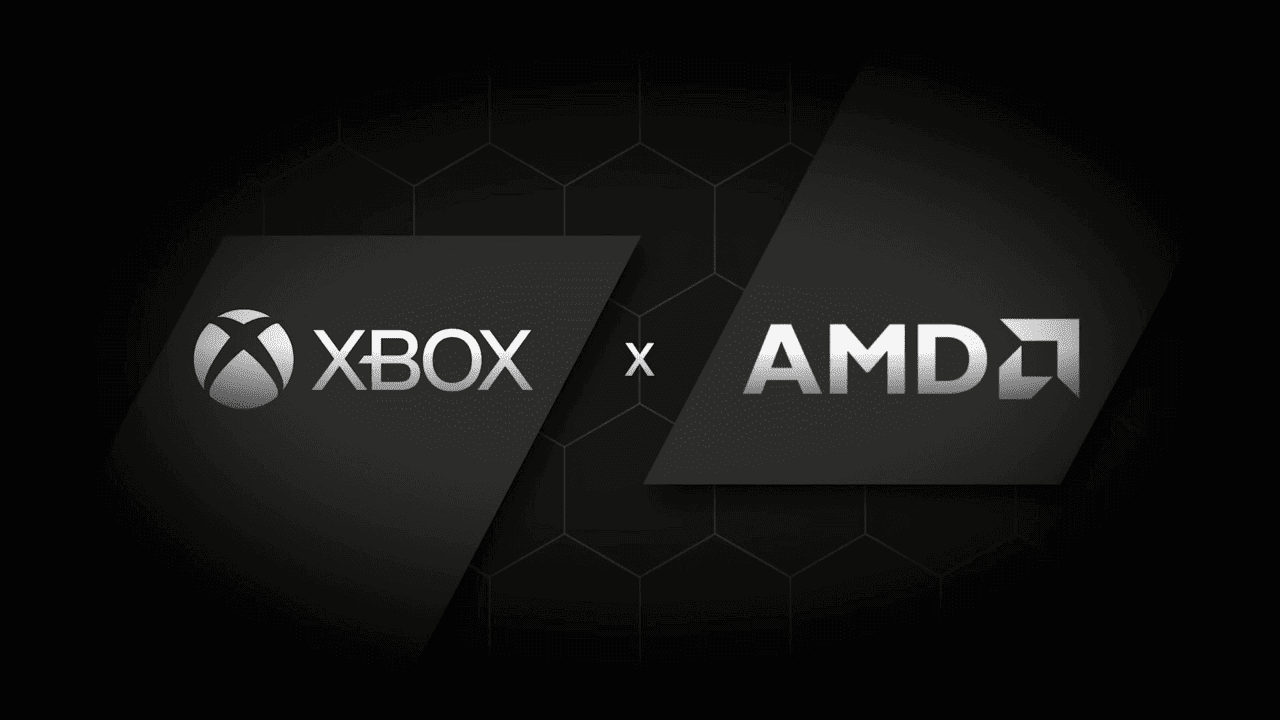Microsoft Gaming has entered a multi-year partnership with AMD to co-develop custom silicon for its next-generation hardware lineup—including the future of Xbox consoles.
What’s Been Confirmed
In a new statement, Xbox president Sarah Bond outlined Microsoft’s broader hardware vision, spanning not just traditional consoles but also handhelds, PC, cloud, and accessories. The deal with AMD aims to “advance the state of the art in gaming silicon,” pushing deeper into AI-enhanced visuals and immersive performance—without sacrificing compatibility with existing Xbox libraries.
Bond emphasized that the upcoming generation of Xbox devices will focus on freedom and flexibility:
“This is all about building you a gaming platform that’s always with you,” said Bond, adding that the Xbox experience should “not [be] locked to a single store or tied to one device.”
Microsoft is also aligning closely with Windows, doubling down on its push to make it the platform for gaming.
What This Means
Xbox and AMD have a long-standing relationship, but this move suggests a deeper level of co-design—potentially shaping not just consoles, but cloud infrastructure and portable devices. It signals Microsoft’s intent to push Xbox beyond the living room and into a more flexible, device-agnostic ecosystem.
With next-gen Xbox now officially “coming to life,” more concrete details are expected over the next year.
Editor’s Take
Aside from the original Xbox, Microsoft has stayed loyal to AMD for both CPUs and GPUs across its platforms. In contrast, Nintendo remains the only major player still working with Nvidia—a partnership that began with the Switch and continues with its successor.
This latest collaboration sounds ambitious, but the heavy focus on AI invites some skepticism. On PC, tools like DLSS have become crutches for poor optimization, especially in poorly handled ports. The question is whether Xbox will repeat those mistakes, or actually set a new standard.
Storage also deserves scrutiny. On June 10, 2024, AMD introduced Neural Texture Block Compression, claiming it can shrink texture sizes by up to 70%—potentially reducing games like Call of Duty from 150GB to just 45GB. With install sizes swelling every generation, where is this technology now? And will Xbox implement it?
Between AI, storage concerns, and overall performance, this partnership has the potential to reshape how games are made and delivered—not just how they run. The vision is bold. Whether the execution lands is another story.



Leave a Reply